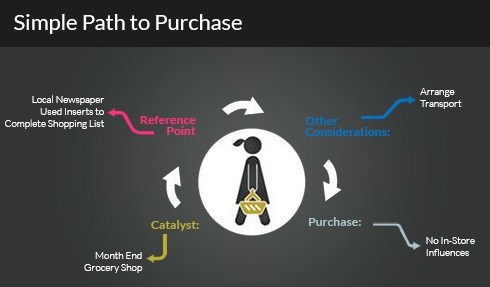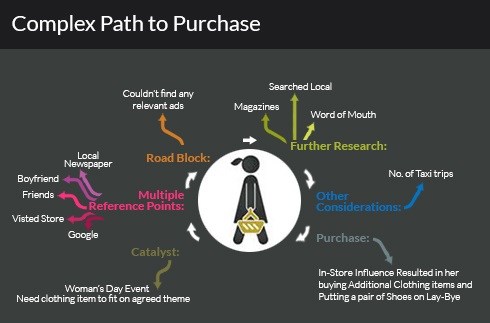
Top stories

Marketing & MediaFather, friend, icon: South Africa pays tribute to the late DJ Warras
Karabo Ledwaba 16 hours





More news

ESG & Sustainability
Better Bellville steps up recycling efforts with new e-waste drop-off sites























Energy & Mining

Not only are consumers strapped for cash but also short on time. Today's consumers live busy lives and are looking for solutions in a highly pressured environment. Convenience is the key for them as they actively seek out ways to save time and make their lives easier.
A recent qualitative study (Project Plunge) commissioned by the Newspaper Advertising Bureau (NAB) reveals that planning is still highly prevalent amongst shoppers of various demographic groups, from the high and low income households, male and female buyers and across all races. Planning is becoming more and more prevalent. According to Roots, planning for the shop amongst food and grocery shoppers has increased by over 20% since 2004.

Project Plunge shows that this planning process by category takes place before consumers get to the shops, as the radar comes on to see what is available from the market. One of the most important checkpoints along the various paths to purchase is the local newspaper. This makes logical sense because shopping is a local activity so information relevant to the household will always be applicable. Project Plunge highlighted that when all the information necessary to make decisions is, the consumers' path to purchase is relatively straightforward and easy. For example, the following purchase journey where the consumer's catalyst was the end of month grocery shop:

Local newspapers tended to be used actively by various respondents when it came to plan shopping in various categories, not just food and groceries. Inserts in local newspapers still remain a key channel for the shoppers when preparing to shop or simply 'window shop'. These were also found in a recent study commissioned by the NAA in the USA. In this study, 62% of insert readers cited saving time and money being one of the benefits of using inserts and 70% said that they checked inserts to find out about sales and savings.
The study also found that when shopping information is not easily available to the consumer, the path to purchase becomes more complicated and time consuming as they seek out information about products and/prices of products they are in the market for.
For example in the following shoes and clothing example, the respondent's path to purchase was complicated after the need for an outfit for a women's day event unfolded.

The more complicated a purchase journey becomes the greater the risk that the consumer will be distracted and end up not thinking of your, store, brand or service. Marketers have to balance mental and physical availability for the consumer. If I do not know about your brand, I am never going to consider it and if I do know about you and you are not available then it is a major missed opportunity. The key is to maintain presence continuously so consumers simply do not have to think and your nudge simply helps them along that path to purchase.